7 Essential Tips for Maximizing Efficiency with Sunlight Solar Solutions
In an era where sustainability and energy efficiency are paramount, sunlight solar solutions are becoming increasingly popular among homeowners and businesses alike. Embracing these innovative technologies not only reduces electricity bills but also contributes to a greener planet. However, to truly maximize the benefits of solar energy, it is essential to understand how to effectively integrate and manage these systems. This blog will explore seven essential tips for optimizing your experience with sunlight solar solutions, ensuring that you harness their full potential. Whether you are a seasoned solar user or considering making the switch, these insights will guide you towards achieving greater efficiency and performance while enjoying the many advantages of solar energy.

Understanding Solar Panel Efficiency Ratings and Their Importance
Understanding solar panel efficiency ratings is crucial for optimizing your investment in solar energy solutions. As the industry continues to evolve, recent reports show that the global microinverter market is projected to grow from $4.12 billion in 2024 to $15.4 billion by 2032, reflecting a compound annual growth rate (CAGR) of 17.92%. This growth highlights the importance of investing in efficient solar technologies, such as microinverters, which can enhance overall system performance.
Tip 1: When selecting solar panels, pay attention to efficiency ratings. For instance, a report reveals that cutting-edge N-type heterojunction (HJT) solar cells have achieved a remarkable efficiency rating of 27.08%. This means that panels with higher efficiency ratings can convert more sunlight into electricity, maximizing your energy output and return on investment.
Tip 2: Consider the flexibility offered by microinverters, particularly for commercial and industrial applications. The asymmetric energy demands across different times can be managed effectively with microinverter technology, leading to reduced installation costs and higher energy yields. By choosing solutions that allow for scalable and adaptable solar setups, you're taking significant steps toward achieving optimal efficiency in your solar energy system.
Utilizing Advanced Technologies for Enhanced Energy Conversion
In the quest for enhanced energy conversion, integrating advanced technologies into sunlight solar solutions is not just beneficial, but essential. According to the International Renewable Energy Agency (IRENA), solar energy could contribute nearly 30% of the world’s energy needs by 2050. To harness this potential, homeowners and businesses must adopt practices that maximize efficiency.
One key tip is to invest in high-efficiency solar panels that utilize bifacial technology, which can capture sunlight on both sides, significantly boosting energy output. Studies indicate that these panels can yield up to 27% more energy than traditional single-sided panels, making them a smart choice for increasing return on investment. Additionally, using solar inverters with maximum power point tracking (MPPT) capability can optimize the electricity generated by panels. MPPT technology adjusts the electrical load to maximize energy harvest, which can improve efficiency by as much as 20%.
Another effective strategy is to integrate smart energy management systems. These systems analyze your energy consumption patterns, allowing for better alignment with solar energy production. It is estimated that such systems can reduce energy costs by 10% to 30%, giving users greater control over their energy use and maximizing the benefits of their solar investments.
Energy Conversion Efficiency of Solar Technologies
This chart illustrates the efficiency of various solar technologies in converting sunlight into usable energy. As solar technology advances, we can see marked improvements in efficiency, crucial for maximizing energy generation.
Strategies for Homeowners to Optimize Sunlight Exposure
Maximizing sunlight exposure is crucial for homeowners who have invested in solar solutions. One effective strategy is to assess your property’s sun patterns throughout the day. This involves observing which areas receive the most light at different times and planning the placement of solar panels accordingly. South-facing roofs typically capture the most sunlight, but utilizing little sunlit areas with reflectors can also enhance energy collection, ensuring that even the suboptimal spots contribute to overall efficiency.
Another key tactic is to maintain unshaded zones around your solar panels. Overgrown trees and new structures can obstruct sunlight, significantly reducing the effectiveness of your solar system. Periodic trimming of foliage or selecting low-growing plants can make a big difference in maximizing exposure. Additionally, consider incorporating smart energy management systems to monitor and adjust energy usage based on sunlight availability. By aligning your energy consumption with peak sunlight hours, you can greatly enhance the efficiency of your solar solutions.
Analyzing the Economic Benefits of Solar Energy Over Time
The economic benefits of solar energy are becoming increasingly apparent as countries and individuals transition to renewable sources of power. According to a report by the International Renewable Energy Agency (IRENA), the global weighted-average cost of solar photovoltaic (PV) electricity has fallen by approximately 82% since 2010. This dramatic price reduction underscores the financial viability of solar energy as a long-term investment. Notably, homeowners can expect to save between $10,000 to $30,000 over the lifespan of their solar systems when factoring in reduced utility bills and available tax incentives.
To maximize efficiency with Sunlight Solar Solutions, consider conducting a thorough energy audit of your home. Understanding your energy consumption patterns allows you to optimize solar panel placements and tailor your system according to your specific needs. Additionally, leveraging battery storage can enhance your energy independence, providing clean energy even during peak hours or outages.
Another essential tip is to keep abreast of local utility rates and policies. Many regions offer programs that reward solar energy users with credits for excess energy fed back into the grid. This not only enhances your savings but also encourages a sustainable energy ecosystem. As highlighted in a report by the National Renewable Energy Laboratory (NREL), households with solar installations can see a return on investment (ROI) of up to 20% per year, making solar solutions an economically sound choice over time.
The Impact of Geographic Location on Solar Power Performance
Geographic location plays a crucial role in the performance of solar power systems, significantly influencing both energy generation and efficiency. Areas that receive ample sunlight throughout the year, such as deserts or regions close to the equator, are ideal for maximizing solar power output. These locations benefit from longer daylight hours and more intense solar radiation, allowing solar panels to operate at optimal capacity. Conversely, regions characterized by frequent cloud cover or shorter daylight hours may struggle to achieve the same energy yield, necessitating adjustments in system design and technology to enhance efficiency.
In addition to sunlight intensity, geographic factors such as elevation and local weather patterns also affect solar energy generation. For instance, solar panels installed at higher altitudes generally experience less atmospheric interference, thereby increasing their efficiency. Understanding these nuances enables homeowners and businesses to make informed decisions about solar installations, ensuring they align with their specific geographic conditions. By taking into account the unique attributes of their location, users can better tailor their solar solutions, ultimately leading to improved performance and a greater return on investment.
7 Essential Tips for Maximizing Efficiency with Sunlight Solar Solutions - The Impact of Geographic Location on Solar Power Performance
| Geographic Location | Average Sunlight Hours (per day) | Ideal Solar Panel Orientation | Average Energy Production (kWh) | Seasonal Variability (%) |
|---|---|---|---|---|
| Phoenix, AZ | 8.6 | South-Southwest | 5.5 | 15 |
| Seattle, WA | 5.1 | South | 3.2 | 25 |
| Miami, FL | 7.3 | South | 4.8 | 20 |
| Chicago, IL | 5.6 | South-Southeast | 3.9 | 22 |
| New York, NY | 5.5 | South | 3.7 | 25 |
Related Posts
-
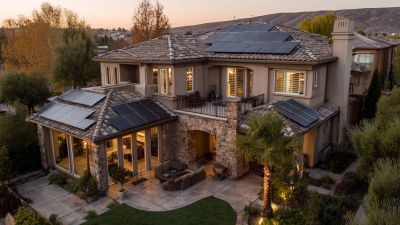
The Future of Sustainable Living with the Best Home Solar Panel System
-
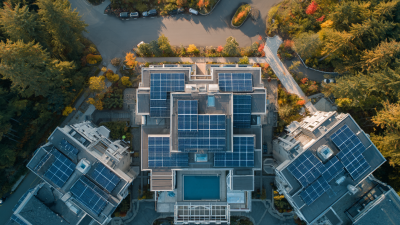
Ultimate Guide to Choosing the Best Solar Energy Panels for Home That Meet Your Technical Needs
-
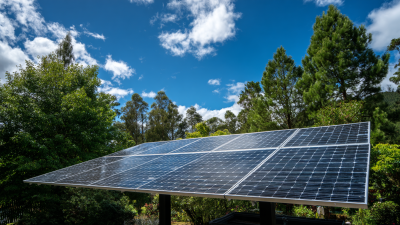
7 Best Solar Panels for Maximum Efficiency in 2023
-
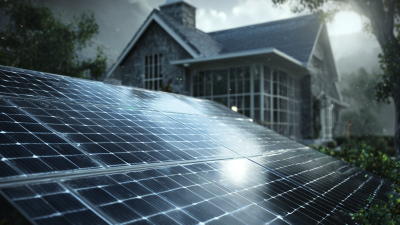
Ultimate Guide to Choosing the Best Solar Energy Panels for Your Home
-
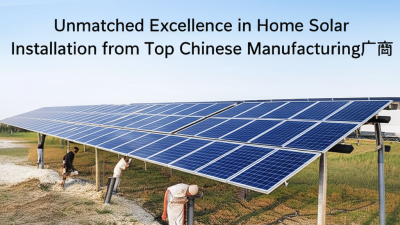
Unmatched Excellence in Home Solar Installation from Top Chinese Manufacturing厂商
-
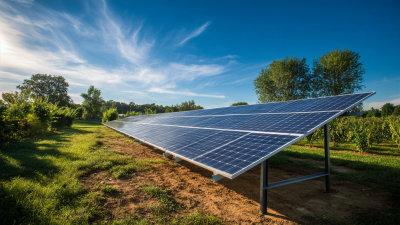
7 Compelling Reasons to Choose the Best Solar Panel for Home Energy Solutions